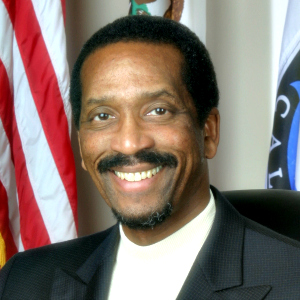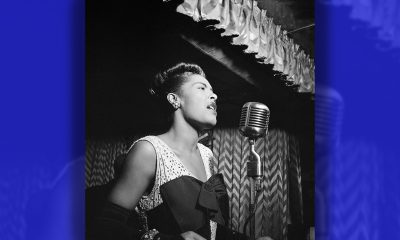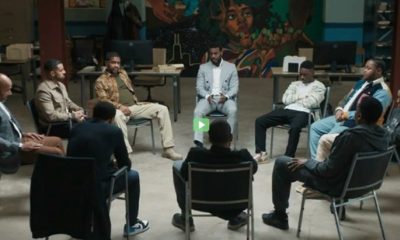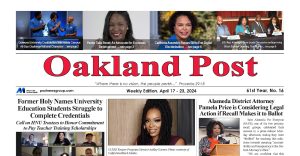Arts and Culture
Wynton Marsalis Takes Concertgoers Through a Symphony of Blues
By Breanna Edwards, The Root
Taking their seats, the symphony orchestra begins with a wave of the conductor’s baton, led by the cheerful sound of the piccolo and the rhythm of the drums—which the program notes is supposed to signify the American Revolution and the birth of the possibility of the blues.
</div>
On Wednesday night, the Music Center at Strathmore in North Bethesda, Md., played host to Wynton Marsalis’ Blues Symphony for hundreds who turned out—filling the expansive hall all the way to the balconies—to witness the premiere of the award-winning musician’s ambitious journey to chart the history of the blues throughout America.
No ordinary piece of work from the renowned trumpeter, the six-movement piece, a fusion of different types of music, bestows the feel of the blues, all through the use of orchestral instruments.
Of course, Marsalis isn’t the first to fuse different genres of music together, but what makes his piece unique, he says, is his insider knowledge of both classical and jazz.
“I think I may be the first one who really is in the inside of jazz and the inside of classical music the way I’ve been since I was a kid,” Marsalis told The Root Tuesday during a dress rehearsal before the performance. “People have tried to put the two forms together, but I’m trying to be inside of the actual reality of it from a jazz musician’s perspective.”
The piece was years in the making, Marsalis having partially unveiled it in 2010 with the Atlanta Symphony Orchestra. However, the commitment required significant rehearsal time to pull off with an entire 100-piece symphony orchestra, often a luxury for a top-tier professional group, thus delaying the work’s premiere.
With Marsalis partnering with the Shenandoah Conservatory, its symphony orchestra and Washington Performing Arts, the debut was finally made possible. The piece was made part of the orchestra’s curriculum, allowing for the grueling practice needed to see the symphony’s full potential. Even as the musicians practiced, the piece was edited here and there and fine-tuned. Marsalis is under no impressions of grandeur. Music to him is living and ever ongoing.
“Every piece is ongoing,” Marsalis said. “I work on the pieces, and they come and we continue to work on them and they improve over time.”
Even with this symphony, which he worked on for years, he wrote it in such a way as to allow some other musician down the line to be able to learn and take from him.
“I put enough of the ideas down to give them just a blueprint. It covers a wide range of music, from church music to Brazilian choro to Cuban danzón to ragtime to different types of jazz … spiritual … New Orleans counterpoint,” the nine-time Grammy Award-winning artist said. “[There are] many different questions in it.”
Many different questions, and many different answers, and as the audience sat there Wednesday in the vast hall listening to the students play for a little over an hour without a pause between movements, they were transported to the streets of New Orleans, Cuba and Brazil, even to the streets of New York, for which the sounds of bustling traffic came through via the orchestra.

Jan Wagner conducting the Shenandoah Conservatory Symphony Orchestra’s performance of Blues Symphony. CHRIS BURCH
It begs a mention that before the orchestra wowed the audience, Marsalis brought out his quintet, consisting of Walter Blanding (tenor saxophone), Dan Nimmer (piano), Carlos Henriquez (bass) and Ali Jackson Jr. (drums), to start the show with a bang. They blew through piece after piece in a full set lasting about an hour, with Marsalis engaging the audience, at one point even leaving the stage to play among the attendees.
When the show was over, some 1,800 people rose to their feet, whistling and cheering. The students in the orchestra had done Marsalis proud; but of course, he had expected no less with the work they put in.
“For me it’s a learning experience, I want [the students] to enjoy themselves,” Marsalis said. “I want them to feel great about all the experiences they have in music ….They practiced a lot [and] I’m pleased with the effort.”
“The type of respect they’ve shown me and that they’ve shown to the music, and the seriousness they’ve brought to it? Yeah, I’m proud!” he added.
Arts and Culture
Kedrick Armstrong: New Music Director for the Oakland Symphony
The Oakland Symphony Announced Kedrick Armstrong as its Next Music Director. In addition to conducting the orchestra’s public concerts, Armstrong will also actively participate in the Oakland Symphony’s many education and community engagement programs, designed to inspire a love of music in people of all ages.

By Post Staff
The Oakland Symphony Announced Kedrick Armstrong as its Next Music Director.
In addition to conducting the orchestra’s public concerts, Armstrong will also actively participate in the Oakland Symphony’s many education and community engagement programs, designed to inspire a love of music in people of all ages.
Armstrong is the successor to previous music director and Conductor Michael Morgan, who passed away in 2021 after a 30-year tenure at the Symphony.
Armstrong will open the Oakland Symphony 2024-2025 season on October 18.
Armstrong, who is 29 and hails from Georgetown, South Carolina, is currently the creative partner and principal conductor of the Knox-Galesburg Symphony.
The Chicago Tribune has praised Armstrong for his ability to “simply let the score speak for itself.” He enjoys a wide range of repertoire, spanning early music to premiering new works, using his joy and curiosity for all music to cultivate understanding and collaboration within diverse communities.
“I am deeply honored and grateful for the opportunity to serve as the new music director of the Oakland Symphony,” Armstrong said. “As a Black conductor, I find it humbling to stand on the shoulders of both Michael Morgan and Calvin Simmons,” the most recent and the first African American music directors of the Symphony, respectively.
Armstrong led three programs at the Symphony between 2022 and early 2024, which showcased his broad knowledge of the classical repertoire and enthusiasm for spotlighting diverse voices.
On his Oakland Symphony subscription debut on Feb. 16, Armstrong led the world premiere of “Here I Stand: Paul Robeson,” an oratorio by Carlos Simon on a libretto by Dan Harder, commissioned by the Oakland Symphony.
Armstrong was selected unanimously by the Oakland Symphony’s board of directors and musicians after an extensive two-year search. “The search committee was overwhelmed by Kedrick’s scholarship and curiosity about all kinds of music, from classical and jazz to gospel and hip-hop,” said. Dr. Mieko Hatano, executive director of the Oakland Symphony. “We are thrilled to have him join us at the Oakland Symphony.”
Arts and Culture
Faces Around the Bay Dr. Carl Blake, Pianist
Born in Liberty, Missouri, Carl Blake, a virtuoso and respected pianist, made his most recent migration to the East Bay in 1999. One might have seen him performing recently at Noontime Concerts in San Francisco, or at the Piedmont Center for the Arts in Oakland. He is Director of Music at The Church for the Fellowship of All Peoples in San Francisco. He was also co-organizer and collaborative pianist at Herbst Theater for The Majesty of the Spirituals concert in 2022 and has held several church positions in the Bay Area.
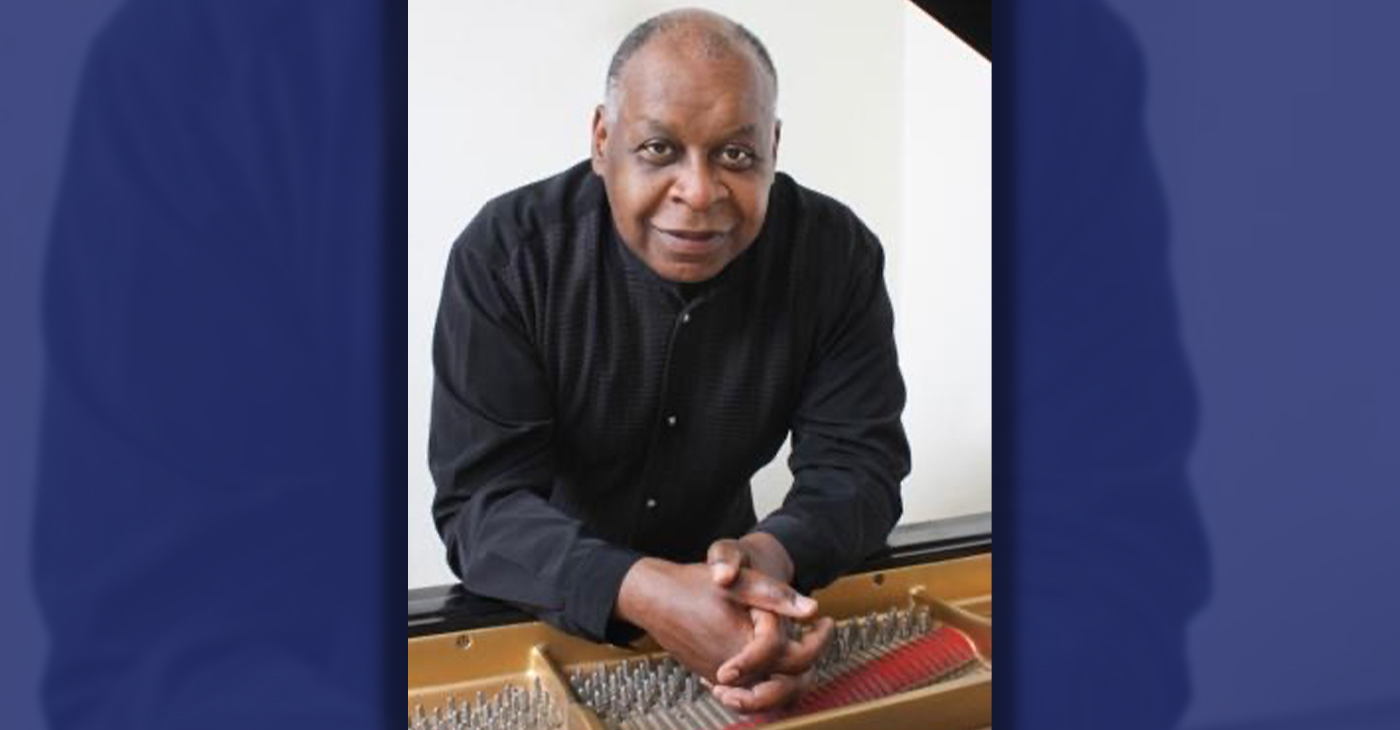
By Barbara Fluhrer
Born in Liberty, Missouri, Carl Blake, a virtuoso and respected pianist, made his most recent migration to the East Bay in 1999.
One might have seen him performing recently at Noontime Concerts in San Francisco, or at the Piedmont Center for the Arts in Oakland. He is Director of Music at The Church for the Fellowship of All Peoples in San Francisco. He was also co-organizer and collaborative pianist at Herbst Theater for The Majesty of the Spirituals concert in 2022 and has held several church positions in the Bay Area.
Blake obtained a Bachelor of Music from Boston University and continued post-baccalaureate studies in Jamaica before earning a Master of Arts in Music at San Jose State University. He was the recipient of two Fulbright residencies in Honduras and completed a third residency at the University of St. Petersburg in Russia. He has a Doctor of Musical Arts from Cornell University.
At age 19, Blake, then an undergraduate piano major at Boston University, was “discovered” by Impresario Dr. W. Hazaiah Williams, who is the Founder and Director of Today’s Artists/Four Seasons Arts.
Williams honored Blake by awarding him the first Marian Anderson Young Artist Award. Anderson personally presented the award at the Masonic Auditorium in S.F. Subsequently, Blake was presented by Dr. Williams in his San Francisco debut at The Herbst Theatre. Williams subsidized a year of study abroad for Blake at the Paris Conservatory of Music. Additionally, Williams sponsored Blake’s New York Weill Hall debut, where he has performed twice since. Blake performed several times at the Yachats Music Festival in Oregon.
Blake continues to perform nationally and abroad. His hobbies are reading, baking and travel. He says, “I’m still pumping ivories, as Belgian pianist Jeanne Stark described the disciplined practice of concert piano.”
Arts and Culture
Oakland Jazz Great Offers Master Class as City Declares “John Handy Day”
World-renowned jazz master saxophonist John Handy, a McClymond’s High School graduate, was presented with a Mayor of Oakland Proclamation declaring Feb. 12, as John Handy Day in the city. Handy is most notably known as the featured saxophonist for Charles Mingus on “Goodbye Pork Pie Hat” from the album “Mingus Ah Um” (1959) and on “Hard Work” from his own album “Hard Work” (1976).
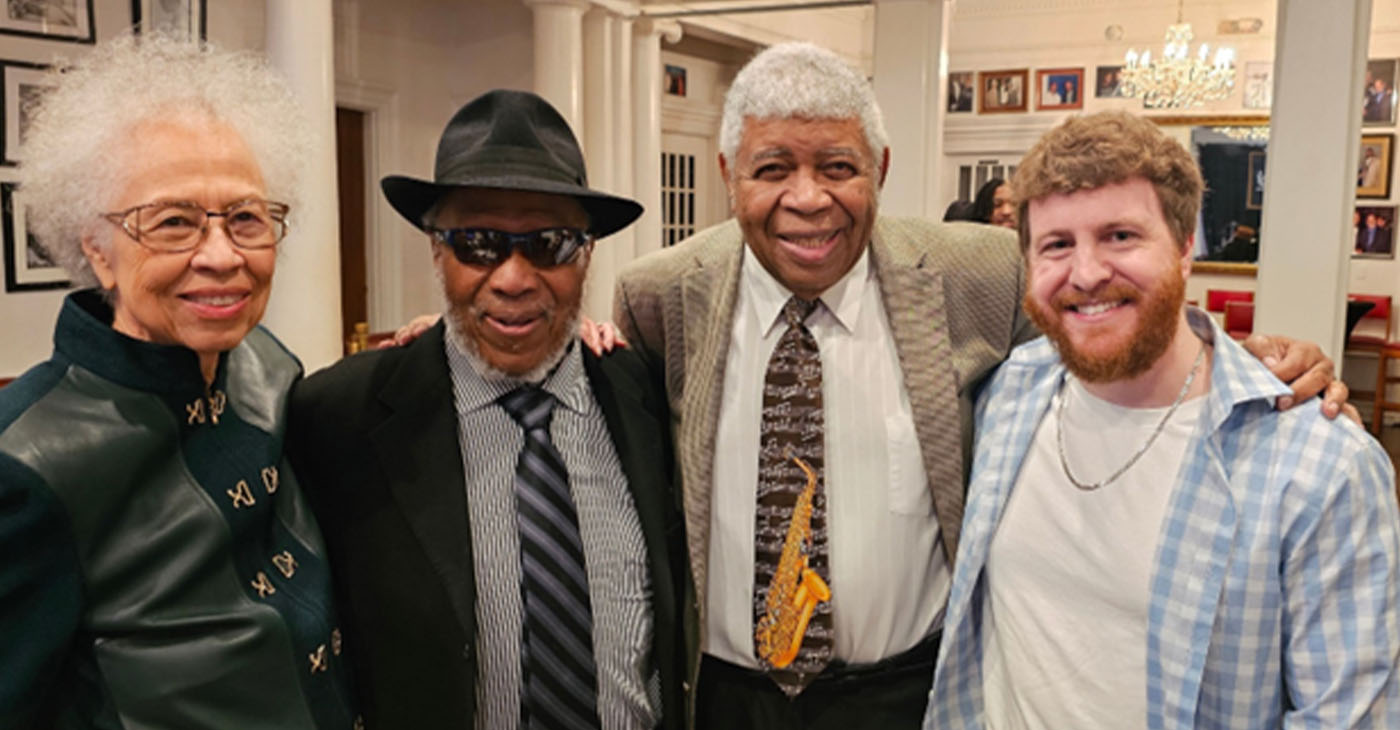
By Conway Jones
World-renowned jazz master saxophonist John Handy, a McClymond’s High School graduate, was presented with a Mayor of Oakland Proclamation declaring Feb. 12, as John Handy Day in the city.
Handy is most notably known as the featured saxophonist for Charles Mingus on “Goodbye Pork Pie Hat” from the album “Mingus Ah Um” (1959) and on “Hard Work” from his own album “Hard Work” (1976).
“John Handy is a jazz icon and an inspiration to musicians everywhere,” said Ayo Brame, a 16-year-old Oakland tenor saxophone player who is enrolled at the Oakland School for the Arts.
In celebration of this day, the reception in downtown Oakland at Geoffrey’s Inner Circle was a gathering of artists, young and old, coming together in his honor and celebrating his 91st birthday.
Handy presented a Saxophone Colossus free masterclass for musicians. This class afforded a rare opportunity to learn about the saxophone from an aficionado. The class was free and open to all – saxophonists, vocalists, aficionados, students, and casual listeners.
“As a longtime friend for over 60 years, and fellow musician who has had numerous opportunities to share the stage with John, it has always been a pleasure performing with him and hearing his creative interpretations of the music and his gift of ease inspiring the next generation of jazz musicians,” said Roger Glenn, a multi-instrumentalist.
-
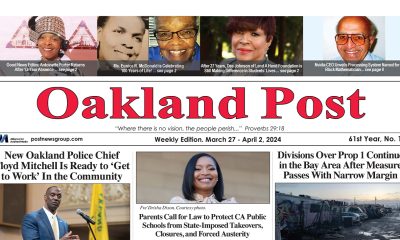
 Activism4 weeks ago
Activism4 weeks agoOakland Post: Week of March 27 – April 2, 2024
-

 #NNPA BlackPress4 weeks ago
#NNPA BlackPress4 weeks agoCOMMENTARY: D.C. Crime Bill Fails to Address Root Causes of Violence and Incarceration
-

 #NNPA BlackPress4 weeks ago
#NNPA BlackPress4 weeks agoFrom Raids to Revelations: The Dark Turn in Sean ‘Diddy’ Combs’ Saga
-

 #NNPA BlackPress4 weeks ago
#NNPA BlackPress4 weeks agoMayor, City Council President React to May 31 Closing of Birmingham-Southern College
-

 #NNPA BlackPress4 weeks ago
#NNPA BlackPress4 weeks agoBaltimore Key Bridge Catastrophe: A City’s Heartbreak and a Nation’s Alarm
-

 #NNPA BlackPress4 weeks ago
#NNPA BlackPress4 weeks agoBaltimore’s Key Bridge Struck by Ship, Collapses into Water
-
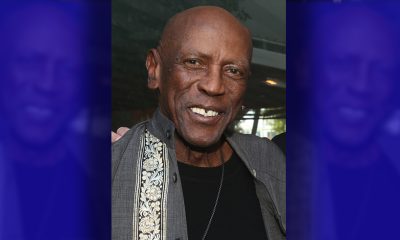
 #NNPA BlackPress4 weeks ago
#NNPA BlackPress4 weeks agoBeloved Actor and Activist Louis Cameron Gossett Jr. Dies at 87
-
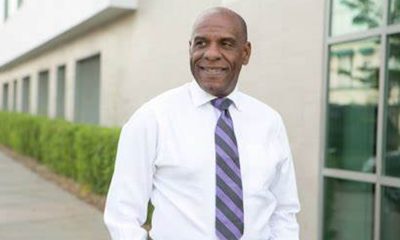
 Community1 week ago
Community1 week agoFinancial Assistance Bill for Descendants of Enslaved Persons to Help Them Purchase, Own, or Maintain a Home

